
Can You Master ITIL® 4 Foundation in Just 2 Weeks with ScholarAcad?
- Thu 23, Oct 2025
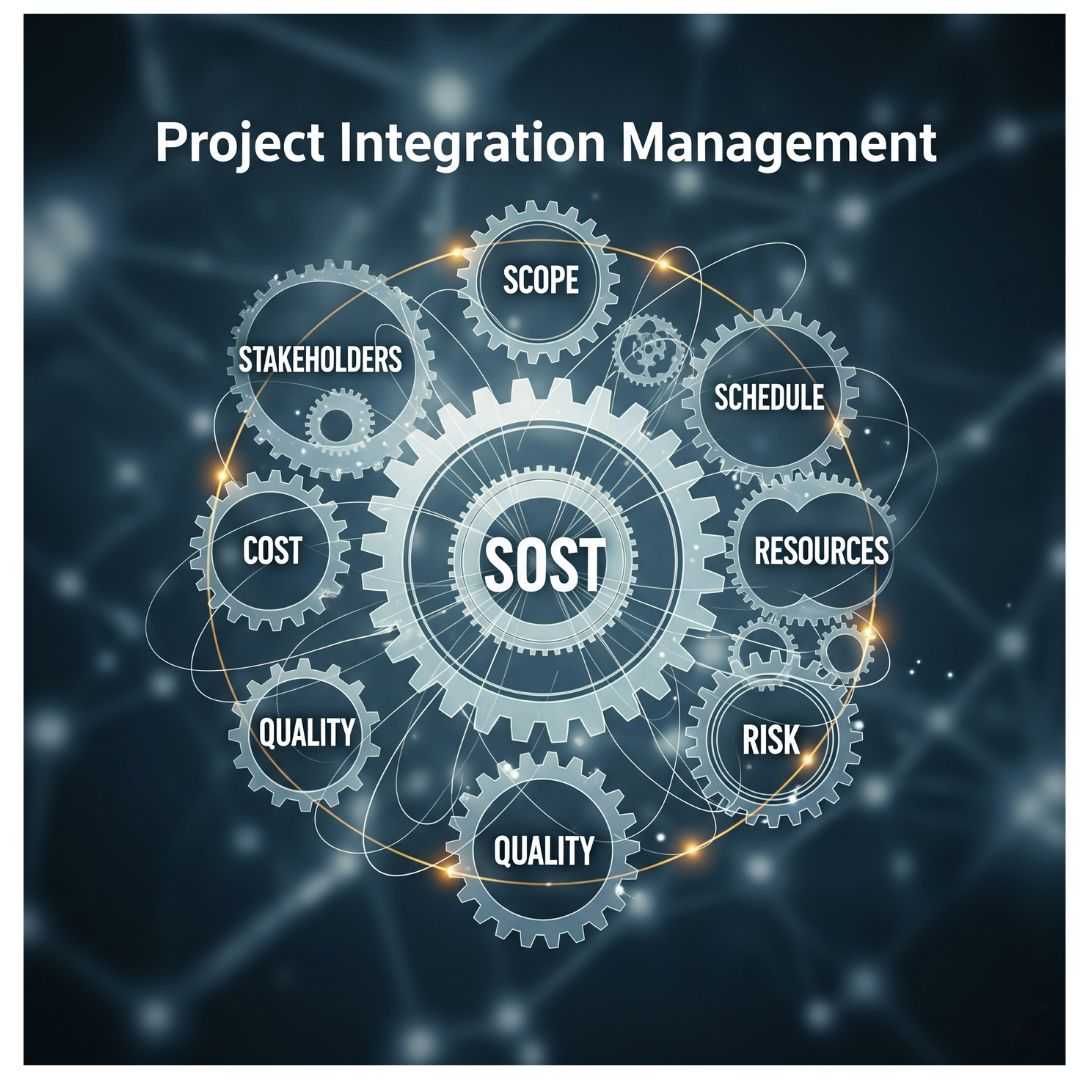
Project Integration Management is one of the most crucial knowledge areas in Project Management Professional (PMP) certification. It involves unifying, consolidating, and coordinating all project elements. Whether you’re managing a website redesign or implementing software across your organization, effective integration ensures the various components of a project work together seamlessly.
From project inception to project closure, this process necessitates a comprehensive approach to guarantee that goals are successfully achieved. It includes essential procedures like draughting the project charter, draughting the project management plan, overseeing and managing the project, conducting integrated change control, and concluding the project or phase. To align stakeholder expectations and guarantee successful project delivery, these activities require strong leadership, careful planning, and effective communication.
This guide unpacks each step of Project Integration Management, offering practical examples for project managers, PMP aspirants, and team leads.
Developing the Project Charter
The initiation of a project begins with the project charter, which serves as the foundational document that formally authorizes the existence of a project, providing information about scope, key stakeholders, and high-level requirements. A well-constructed project charter removes ambiguity from the onset, which allows for clear construction of the project. From this point, the project charter is designed to communicate the project purpose and scope to all stakeholders. The project charter generally contains some key elements such as the business case, key milestones, constraints, assumptions, and initial risk assessments as a high-level roadmap for the project team to follow.
A project charter, for instance, will outline the goal of the app, its important stakeholders (such as the development team, marketing division, and executive sponsors), and its preliminary schedule. Along with assumptions and constraints, the project charter may also include risks, such as financial or technical limitations. Since it is regarded as the project's only source of truth, alignment is guaranteed right away.
Creating the Project Management Plan
After the final approval for funds shall be given, the Project Management Plan (PMP) becomes the basic reference for execution, monitoring, and closure of the project. All plans concerned such as scope, schedule, cost, quality, and communications management will then be contained in a single document-the comprehensive PMP. Consistency has to be ensured across the two or more entities.
Consider it as a project involving the implementation of software in a medical setting. The management plan will specify how resources will be distributed, set important deadlines, and facilitate communication between internal teams and external vendors. Detailed instructions in each of these areas guarantee that no important component is overlooked.
Direct and Manage Project Work
The offering of constant oversight to the execution of the Project Management Plan is required. This phase involves actively initiating project activities in granting tasks to others while making sure that the plan is being adhered to. Here, the deliverables are produced, and unexpected issues are sorted out.
On top of that, keeping effective communication during this phase is vital to the project stakeholders. This enables all updates regarding progress made, potential risks encountered during execution, and adjustments to resource towards such effectively be communicated and handled. Monitoring performance is an effective tool to keep an eye on milestones and assess variances from the plan in due course, providing timely corrective actions in order to keep the project on schedule and in scope.
For instance, you have control over the system configuration, user training, and data migration processes during the implementation of a customer relationship management (CRM) system. Issues, like a lag in data imports, need to be fixed without affecting the schedule. Project management software, like Jira or MS Project, is frequently used by managers in this stage to monitor progress and maintain priorities.
Monitoring and Controlling Project Work
It is essential to place monitoring project performance against the baseline plan. This process maintains the focus applied to the project or finds areas that require adjustment. Monitoring metrics like actual costs, schedule variance, and quality standards effectively govern execution against planned goals.
The effectiveness of the process is further strengthened through the use of KPIs and periodic reporting to the stakeholders. Dashboards or automated reporting systems can facilitate real-time insight, enabling managers to forewarn and pinpoint risks for data-backed remedial action before these risks develop into larger issues. A structured approach to monitoring keeps the project aligned toward its goals with maximum resource efficiency.
Analytics dashboards, for example, can be used in a marketing campaign launch project to find any shortcomings in the expected social media engagement. Once this is identified, the campaign can be modified by changing the ad creatives or reallocating the budget. Real-time reporting facilitates prompt decision-making, while Power BI and related AI tools can assist with analysis for actionable insights.
Performing Integrated Change Control
In every project, some changes might occur. Integrated Change Control is a line of defense to keep the project manager from compromising the scope, cost, or schedule of the project while evaluating or making decisions about approving or rejecting change requests.
For example, a situation arises in which the client wants an additional feature almost halfway through a period in a software development project. The client wants to add an extra feature suddenly halfway through the timeline. Integrated change control helps assess the consequences of bringing this feature into existing costs and resource allocation. Teams use tools like change request documents and impact analysis frameworks to decide whether to approve or recommend alternatives for the change, thus avoiding chaos while focusing on the original objectives.
Closing the Project or Phase
Finalizing a project is far more complex than just handing over the final product. Proper closure entails, formally, the termination of the project, the transfer of deliverables to the stakeholders, and a record of the lessons learned for future reference. This will ensure that the organization benefits from the client-side output of the project and takeaways from its process.
Moreover, a detailed assessment of the project performance is critical at the project closure to check the achievement of objectives, in conformity with defined scope and quality standards. Feedback should involve team members, stakeholders, and clients to recognize successes in addition to areas for improvement. Such insights will eventually drive a culture of continuous improvement to influence the organization's efficiency in delivering subsequent projects.
Consider a successful example of closure for a website redesign project. The closure activities include the handover to the internal IT team, knowledge transfer sessions, and the documentation of learnings. The team may, for instance, document in a lessons-learned document that resolving specific UX issues earlier would require participation from end-users earlier in the design phase."
Why Project Integration Management Is Vital
The ends of Project Integration Management processes mean different but cumulative objectives. It is like glue as the activities of the project are correctly put in place. So, as a project manager, what it does is makes everything work seamlessly without bottlenecks and the connected view of the stakeholders.
Project Integration Management makes one an effective captain of a project rather than just floating rudderless. Be it change, closure, or alignment across the individual processes, parties in the business will jump if guided by this particular knowledge area in delivering much-needed values to the business.
To-be PMPs must grasp these concepts to clearly grasp them and become successful in the exam, therefore molding them into successful project leaders.



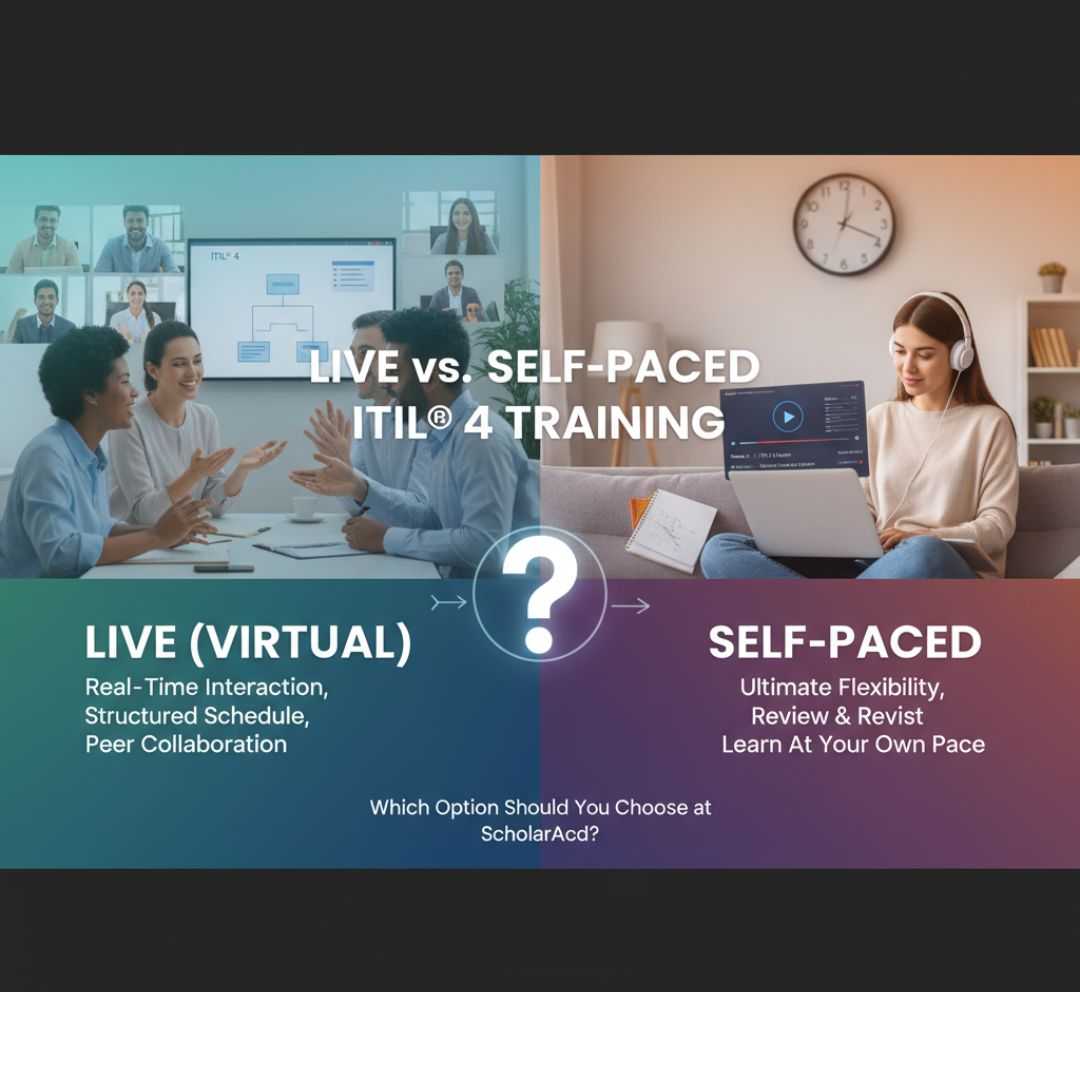






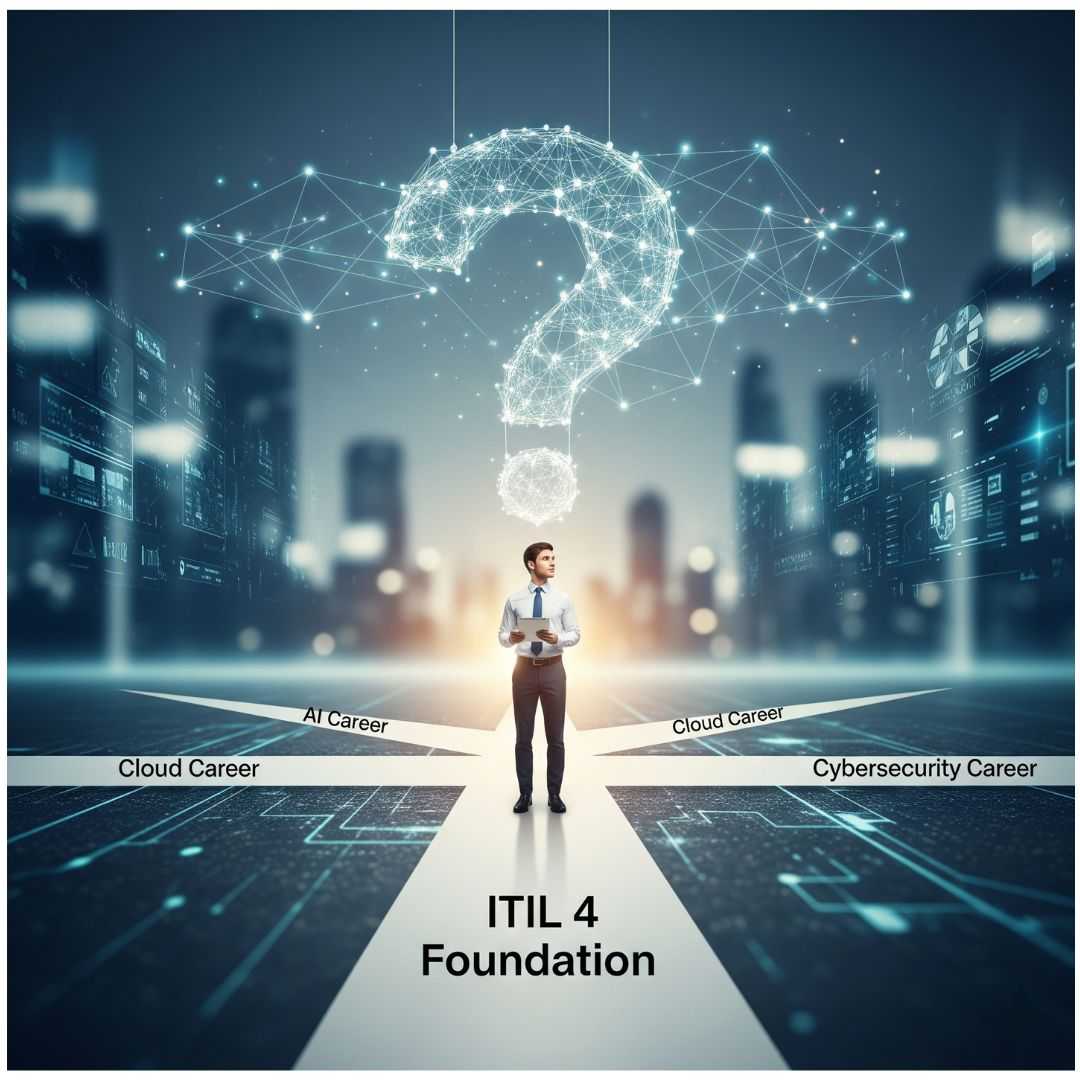







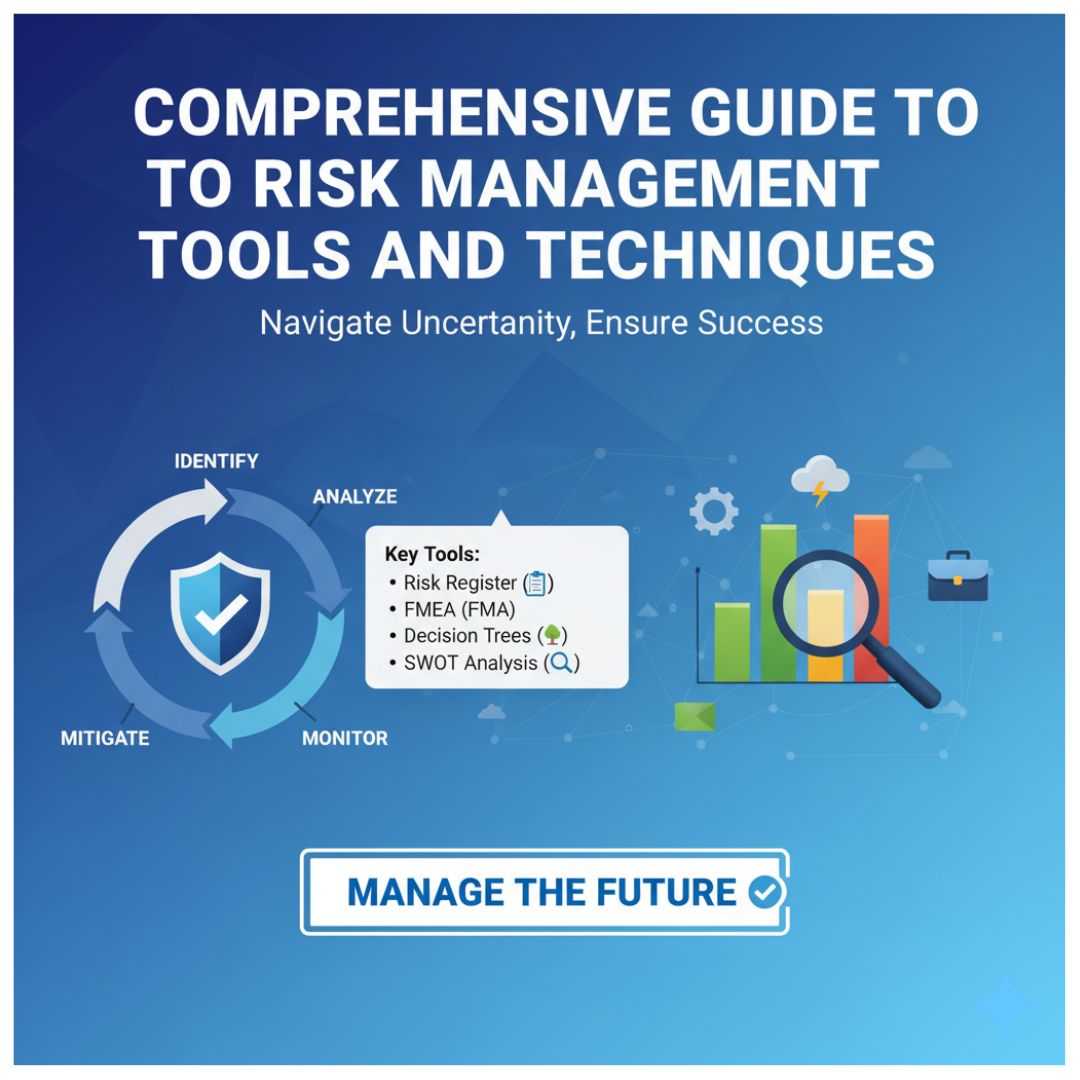


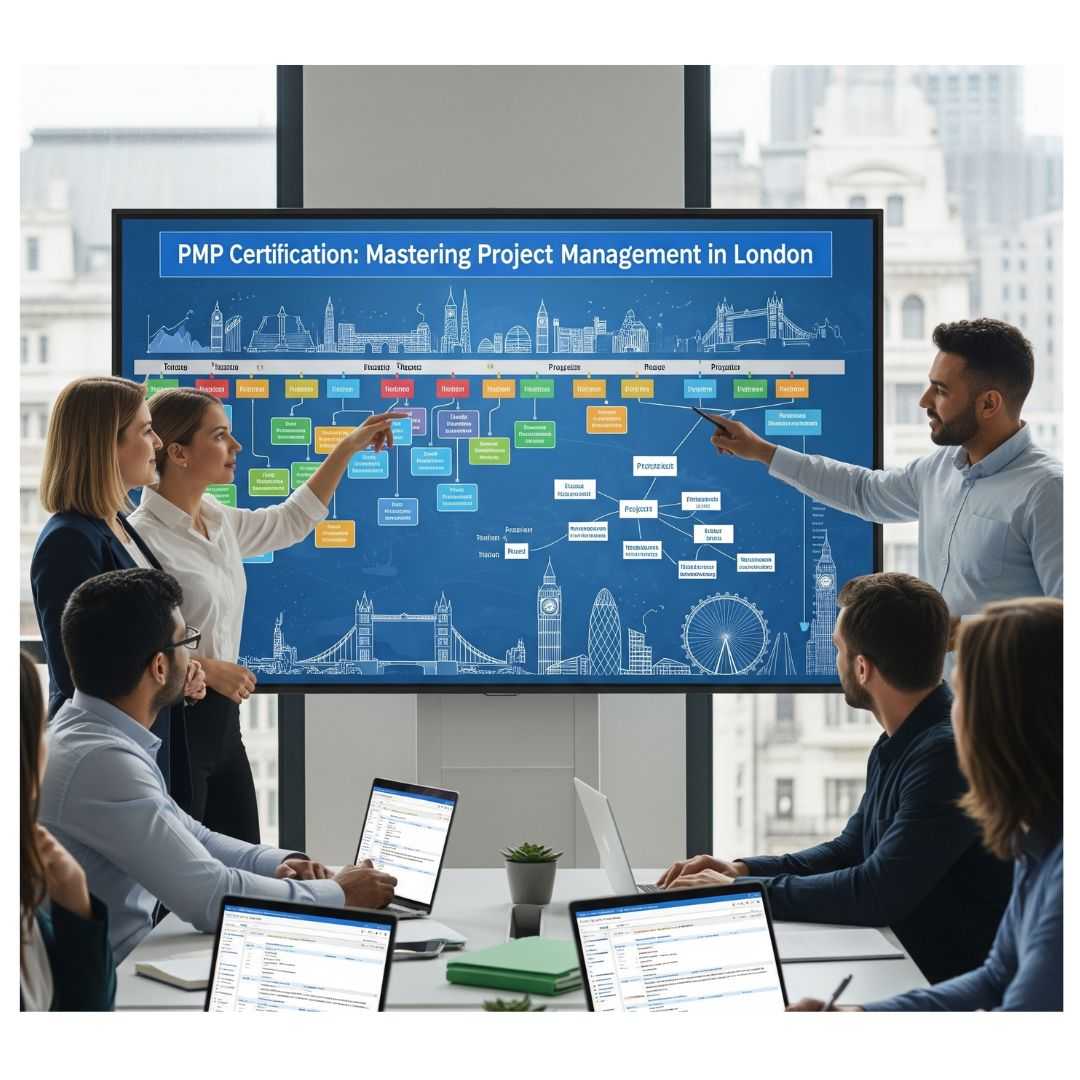
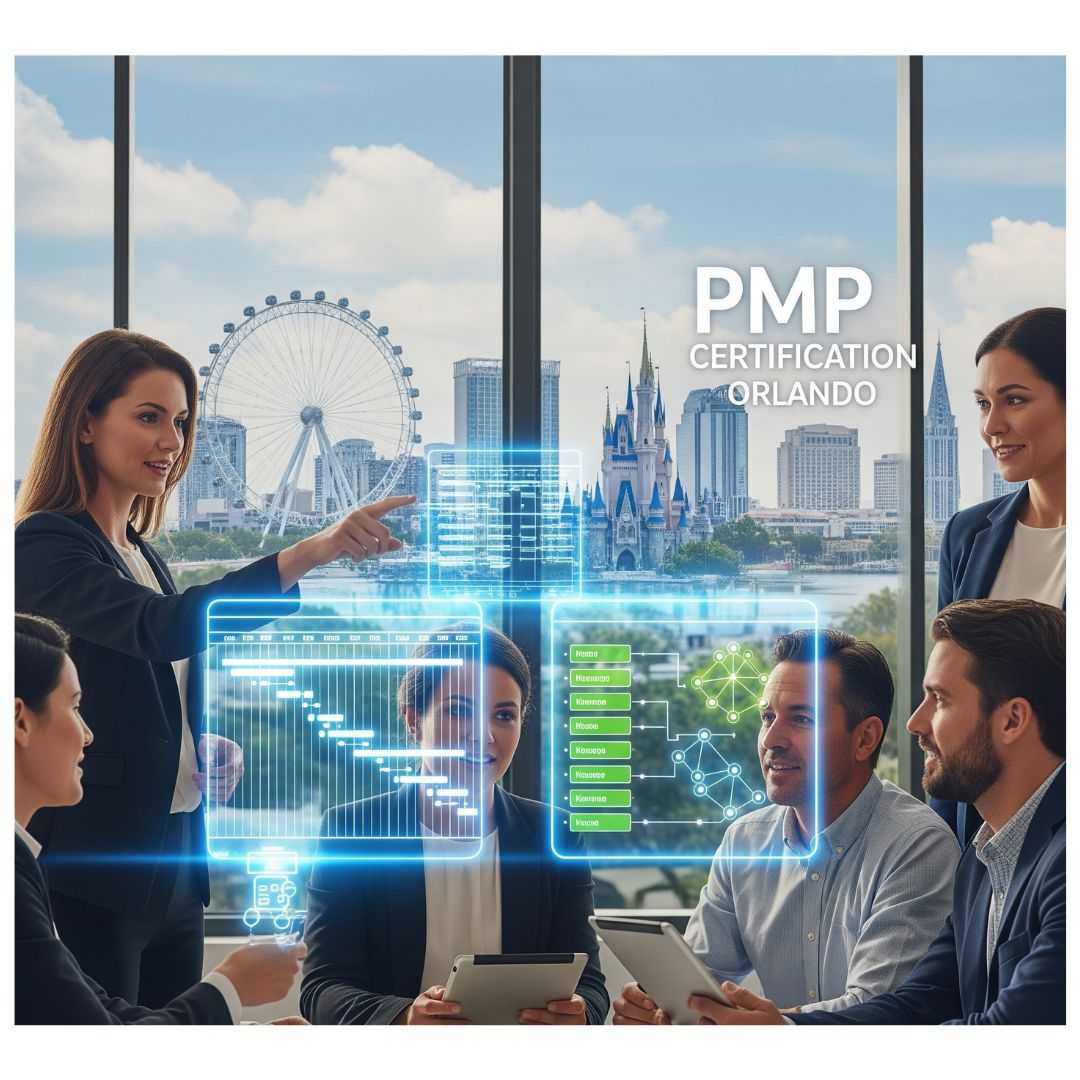





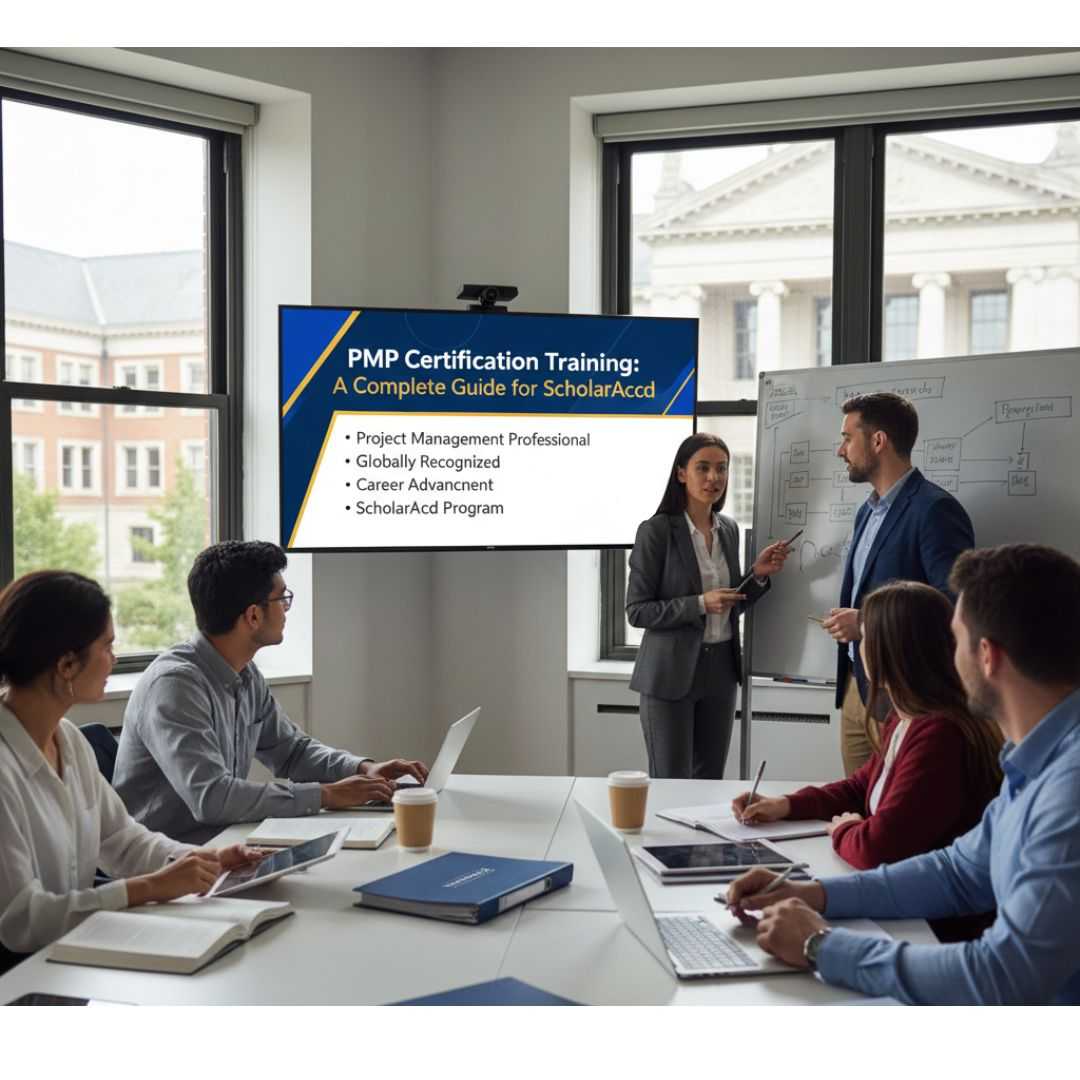
_1756885658_5bde5ece2b6f0dab9403.jpg)






_1756789434_e9e0aac798c1162538f6.jpg)

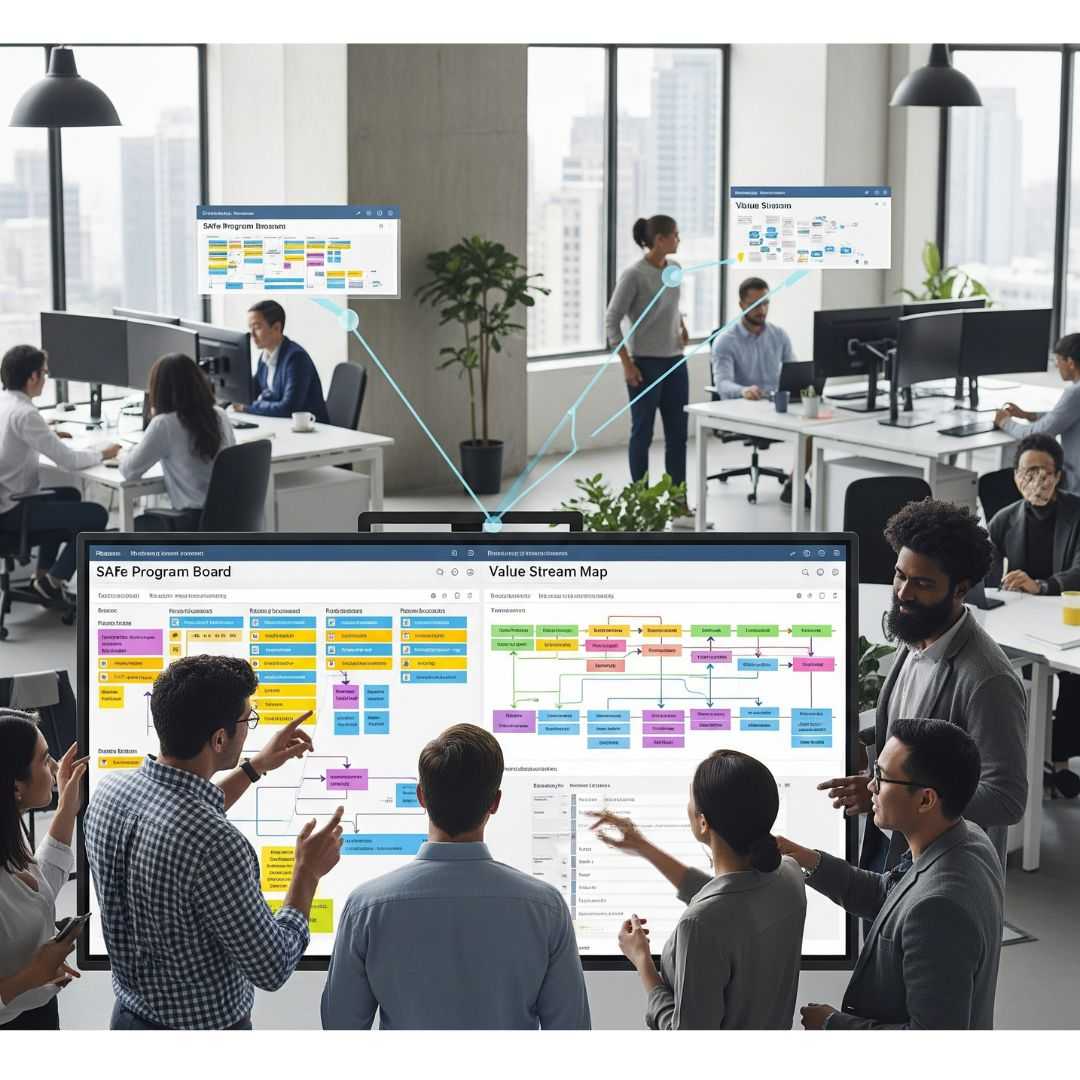





















































_1718198115_3e80b2ee31b234c26728.png)
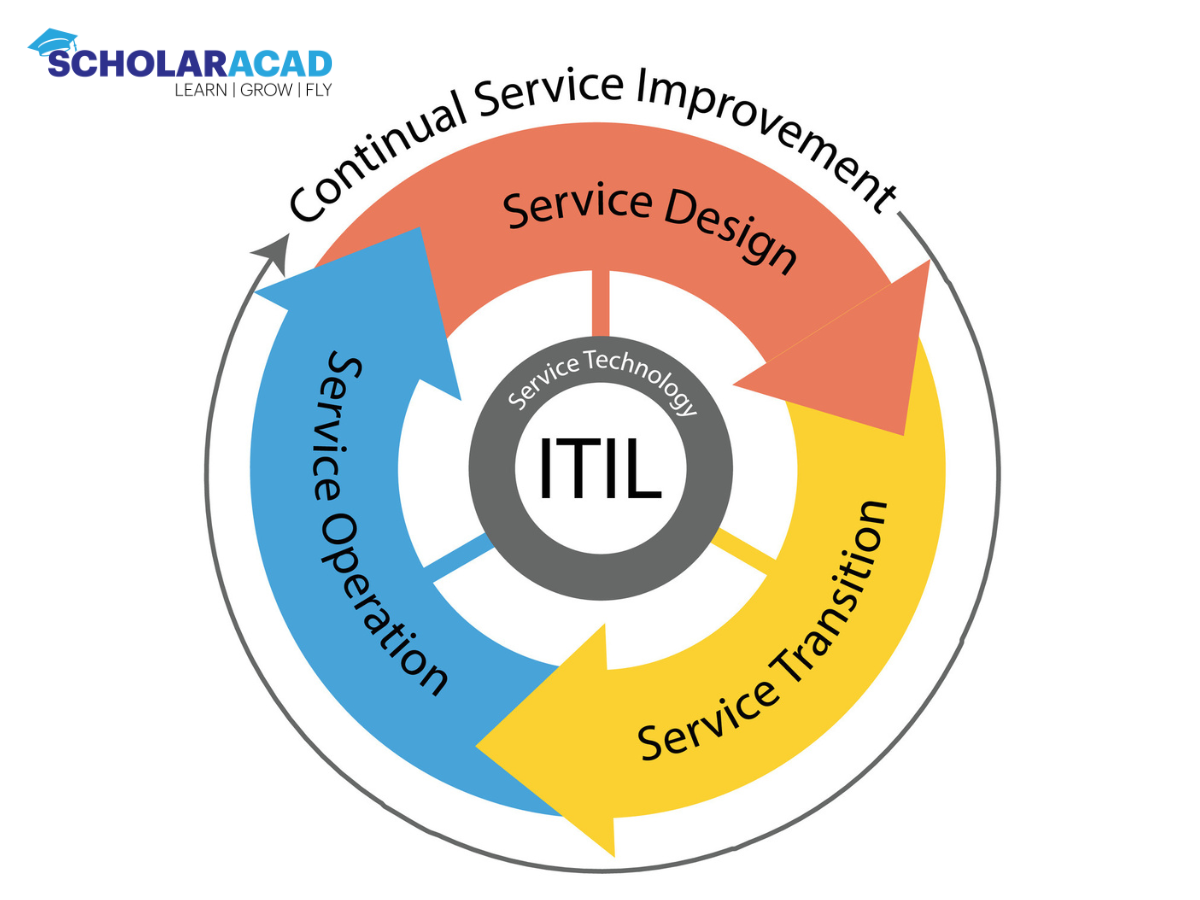



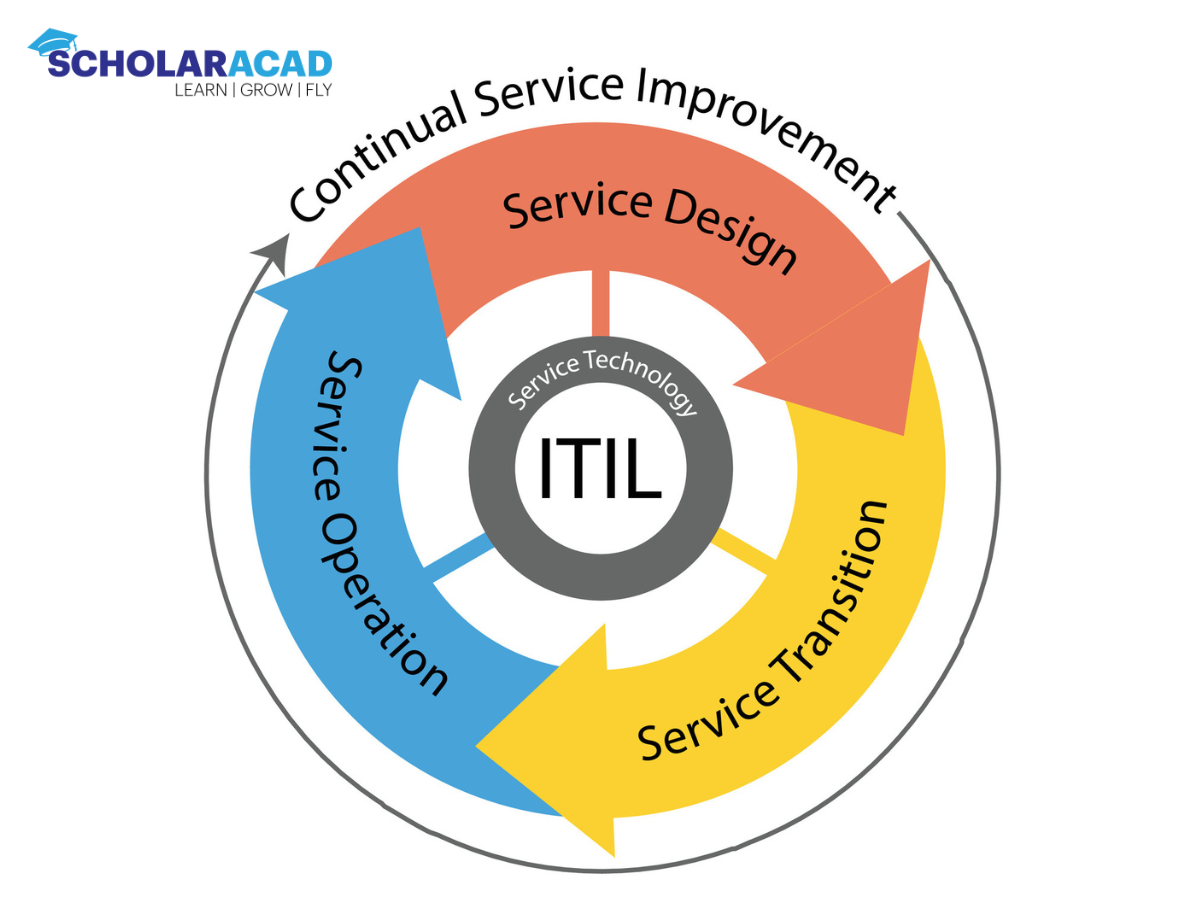





_1715671737_078967910384216bd6b3.jpg)












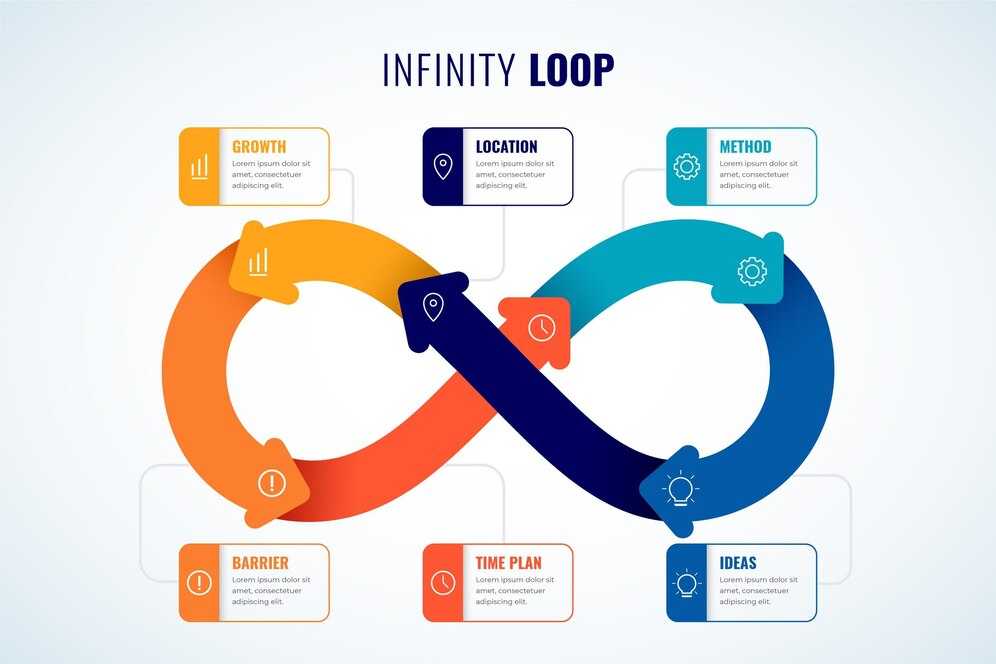
_1712044840_c07a78ec6a0a9aaf68f2.jpg)
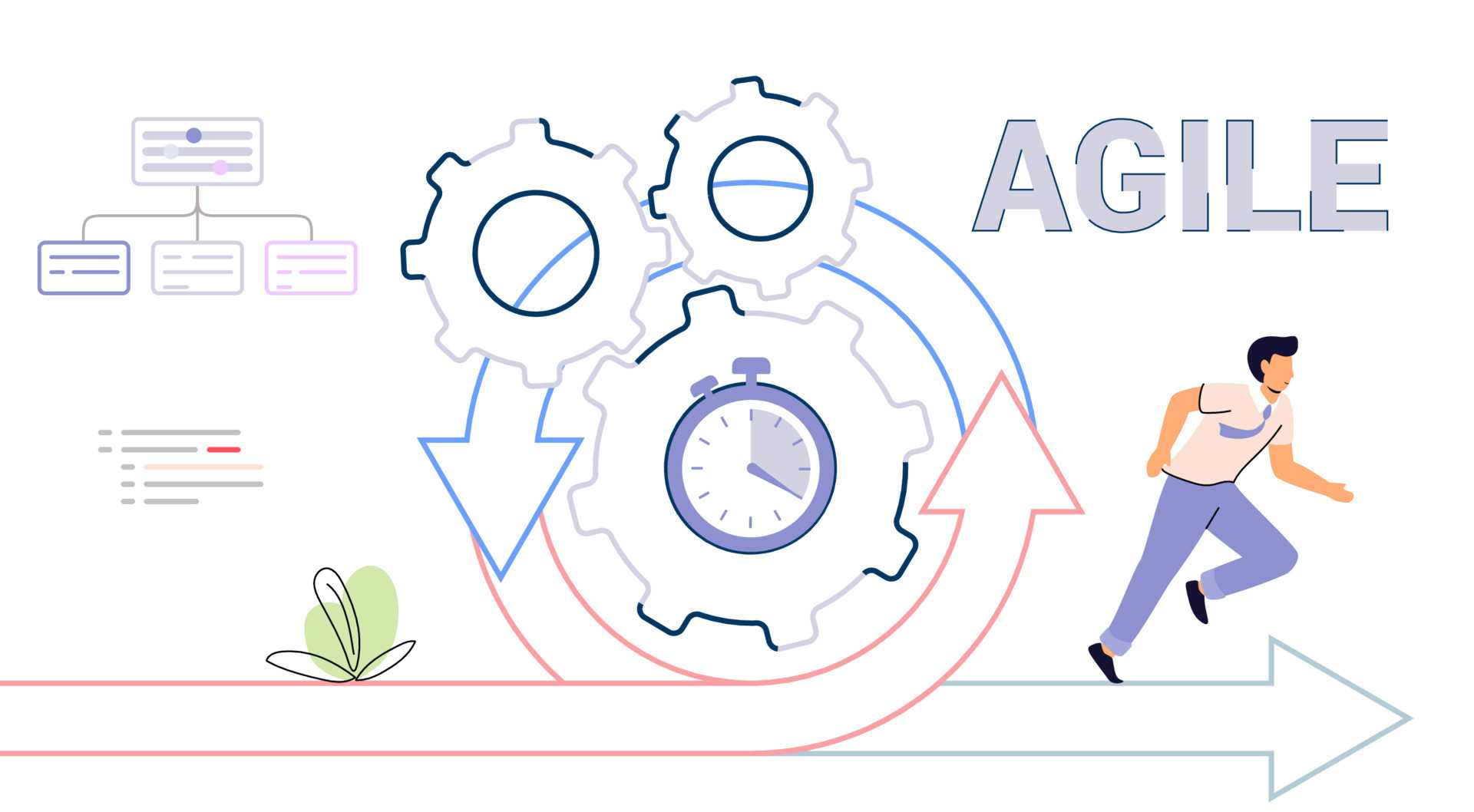



_1701798801_c3b578871fef398593a2.jpg)






Copyright © 2025. All rights reserved by Scholaracad
